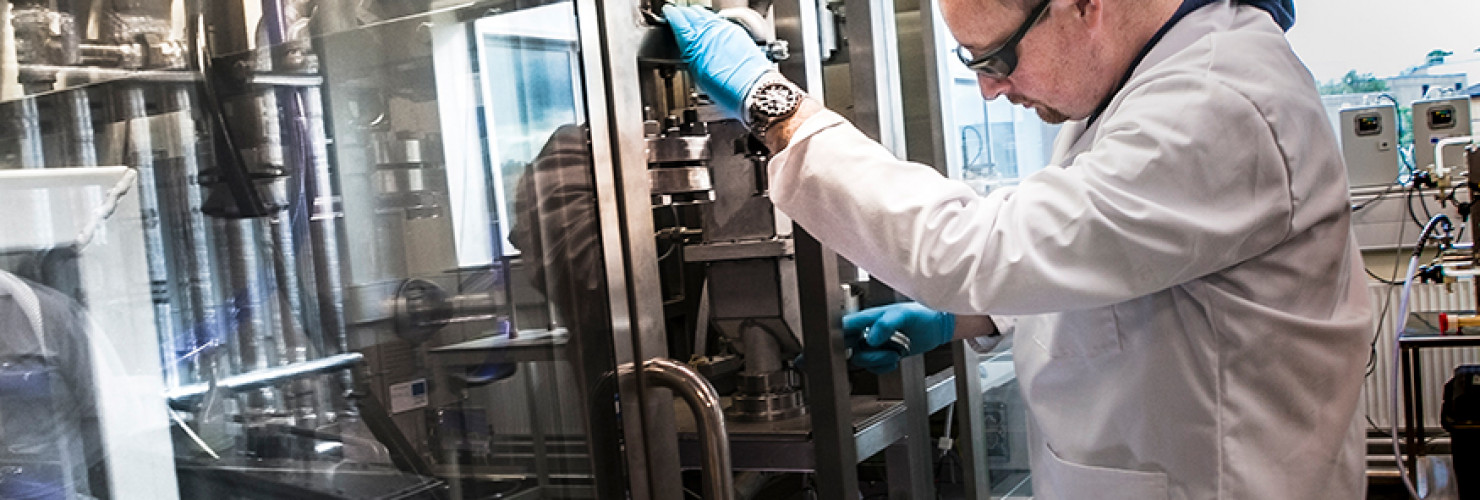
Turning potato starch into batteries for electric vehicles
Leitat, a renowned R&D centre, is leading a consortium of eight partners from across the EU on a four-year project to scale up a process for converting renewable resources (potato starch, alginic acid and fruit pectin) into a building block for energy storage and chemical catalysis.
Developing a replacement for fossil fuel
Together, the consortium will be trialling different methods for converting these feedstocks into a porous carbon, including using a patented process developed in York.
Fundamentally, this project is about replacing a fossil resource, with a more sustainable, biorenewable alternative, explains David Amantia, Leitat
In the first year, the parameters and requirements for the end materials were agreed. Now, the BDC team is scaling up the process from a lab-scale of 100g to a pilot line capable of producing up to 20kg per day of the material. This will provide enough sample material for industrial testing, with the aim of adapting the material for different uses, such as batteries for electric vehicles and green catalysts for the chemicals industry.
During the project, the BDC has worked with the Green Chemistry Department at the University of York and Carbolite UK to create a custom rotating tube furnace to convert renewable plant-based resources into materials used to produce batteries & catalysts.
If successful, the consortium will not only have produced a high-added-value material at a lower cost for various uses, but will also have established a pilot-scale production plant, based at our site in York, UK.
8 EU partners working on a 4 year project
Fuelling the future with potato starch, alginic acid & fruit pectin
Scaling up from 100g to 20kg per day
This research collaboration is funded by the European Union’s Horizon 2020 research and innovation program under grant agreement No 686163 as the “Porous4App” project. This material reflects the author’s view and the Commission is not responsible for any use that may be made of the information it contains.
